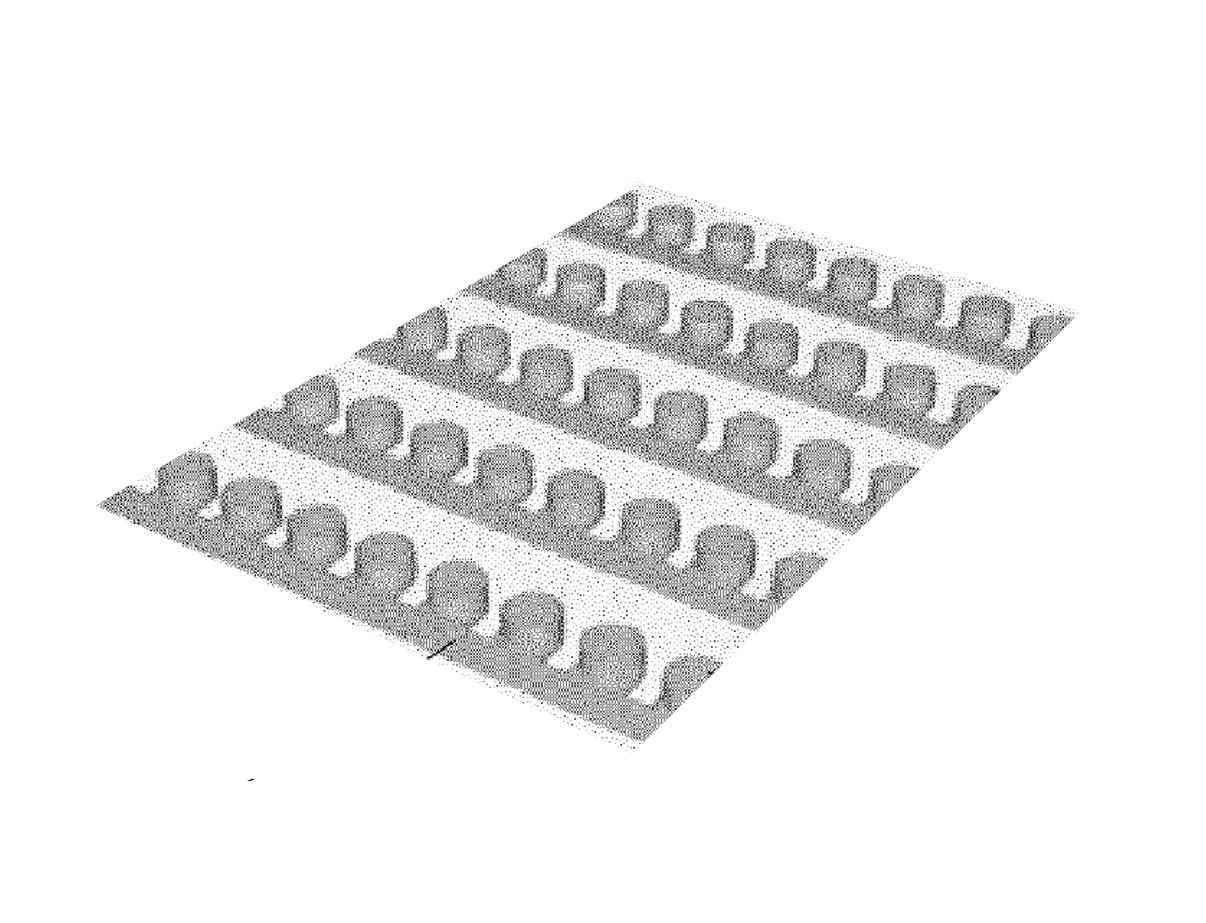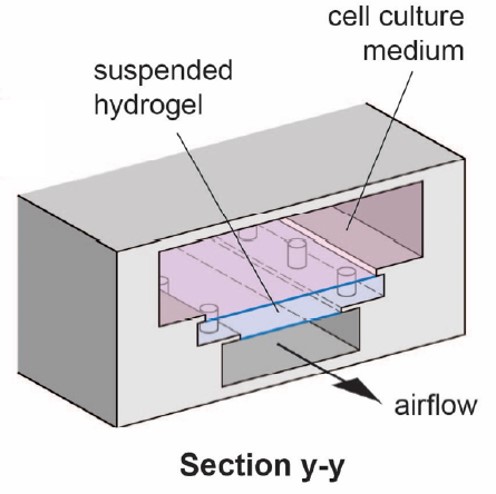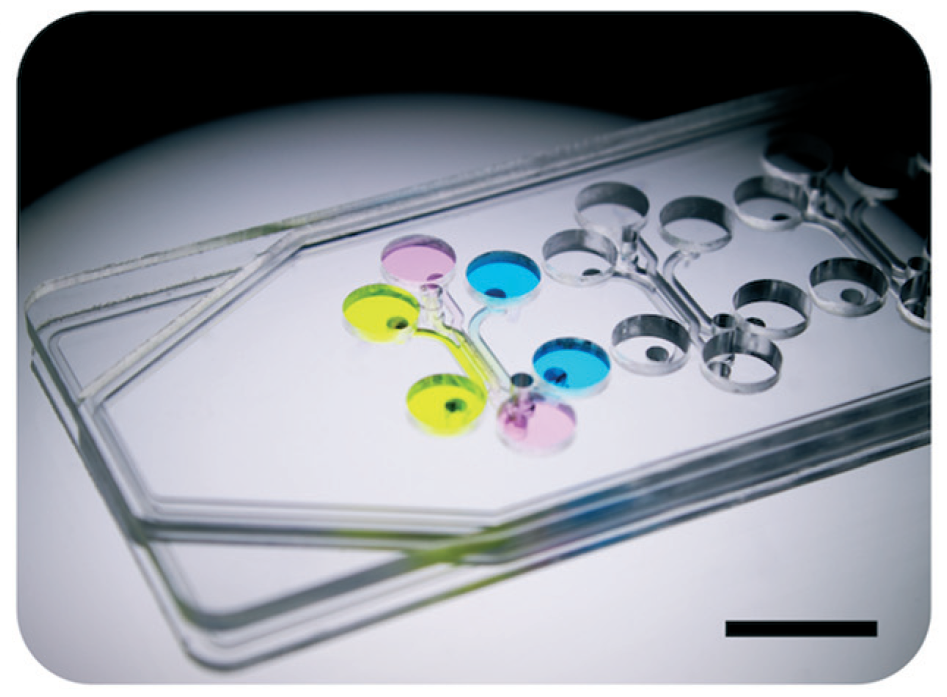Microfluidic Platform for Uniform Spheroid Growth, Release, and Drug Screening
Spheroids and organoids have been proposed as alternative systems to animal models for testing of compounds for the pharmaceutical or personal care products industry. Some of the advantages they offer are cost and time savings, reduced ethical issues, and potentially more faithful reflections of compound response in humans. However, their broad scale adoption requires consistent reproducibility across spheroid-to-spheroid and batch-to-batch when multiplexing and a high fidelity in structural and functional biomimicry. Limitations in these areas would otherwise mask the treatment of a drug and is thus particular problematic in compound screening applications. Furthermore, a more biologically reflective method to control spheroid/organoid matrix stiffness would also be useful in modelling diseases where the matrix plays a key role (e.g. cancer and fibrosis), and the capability for high-throughput screening would also be advantageous.
Read more...Keywords:
Organ-on-a-chipOrgan-on-a-Chip for Airway Tissue Modelling
Lung-on-a-chip microfluidic devices offer the promise to revolutionize the study of disease and the pre-clinical testing of drug compounds, as they possess several advantages over animal models. However, recapitulating the lung architecture is challenging and most current devices only capture certain anatomical features, such as the lung alveoli in Emulate’s commercially available “breathing” alveolus-on-a-chip device. In the latter device, cells are grown on elastomeric material that (i) does not recapitulate the extracellular matrix and (ii) is more importantly not readily amenable to the off-chip analytical techniques (e.g. immunohistochemistry, PCR, histology sectioning) often used to ascertain perturbing changes in animal tissue.
Read more...Keywords:
Organ-on-a-chipImprovements to Organ-on-a-Chip Device Architecture
Organ-on-a-chip (OOC) systems recapitulate the complex biological structures and processes that give them the potential to be more predictive of human responses during drug discovery and development. The general design of these devices falls into two categories: laterally adjacent channels in a single plane or vertically stacked single channel arrangements. As such, the structure of these devices restricts the diffusion of nutrients or flow of molecules involved in cell communication to either the lateral or the vertical direction, different from the native 3D diffusional movement found in biological tissues. To be more closely reflective of in vivo conditions, new strategies are necessary to enable multidirectional molecular flow.
Read more...Keywords:
Organ-on-a-chipKidney-On-A-Chip Model with Glomerular Structural Features
Kidney-on-a-chip devices offer the promise to revolutionize the study of disease and the pre-clinical testing of drug compounds, as they possess several advantages over animal models. Since the kidney is a complex organ containing multiple cell types with different roles and functionalities, devices usually recapitulate certain renal structural elements (e.g. tubular structure, collecting duct, proximal tubule, glomerulus) that may be involved in disease. At the glomerulus, podocytes comprise an important part of the filtration barrier and breakdown of their sophisticated branching pattern has been linked to a significant proportion of kidney diseases. Challenges to podocyte organ-on-a-chip (OOC) systems include immature phenotypes and a lack of comprehensive readouts of podocyte function.
Read more...






